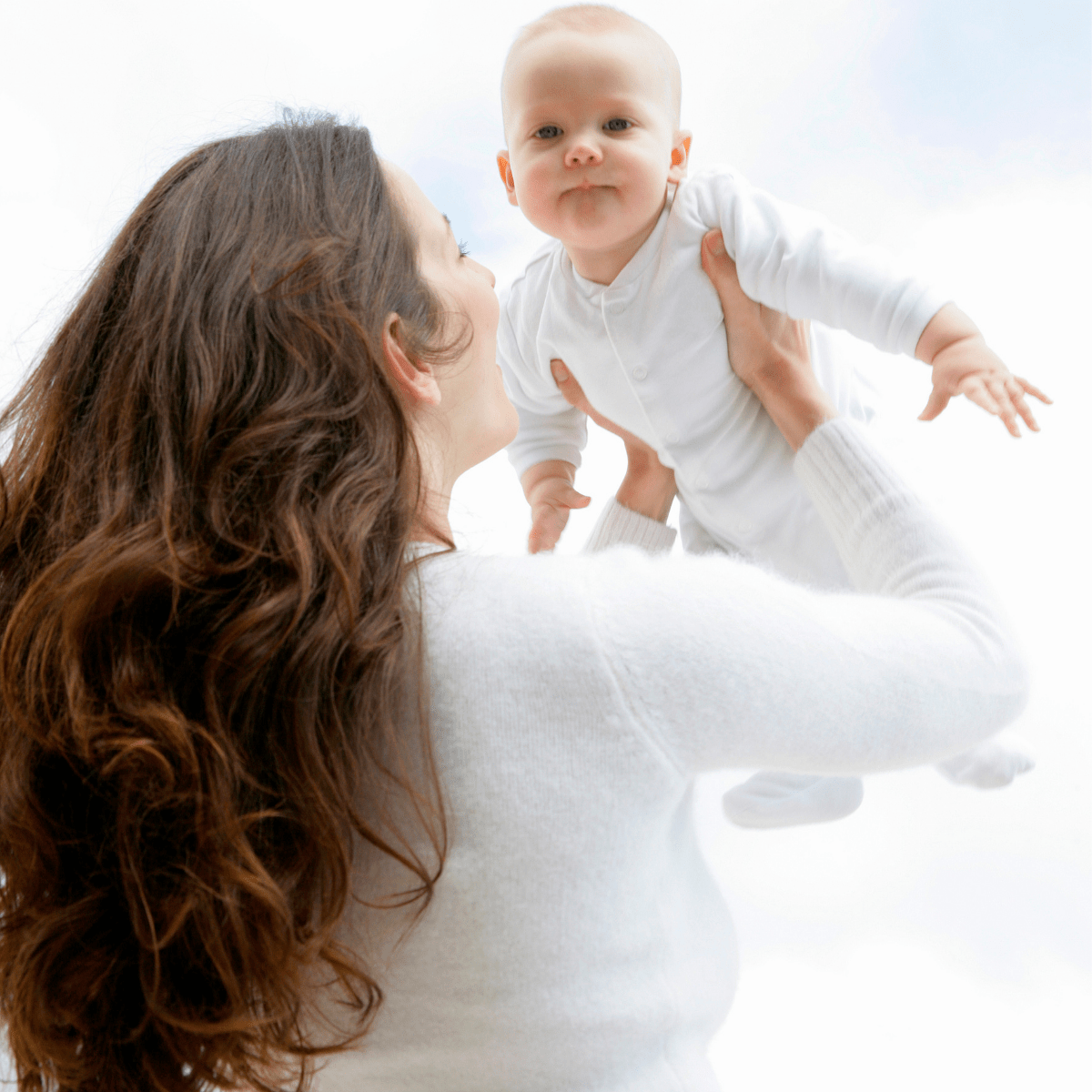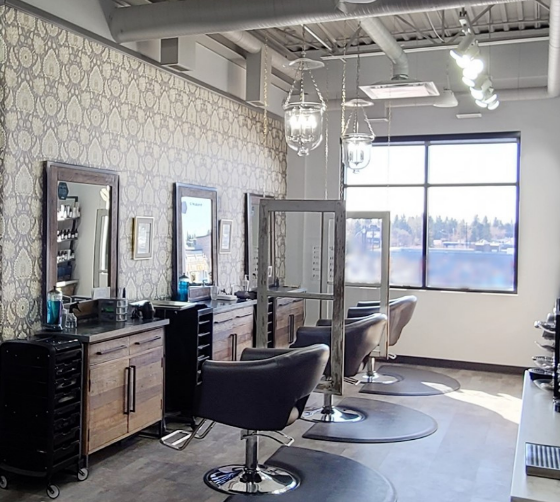
The Facts About Postpartum Hair Loss
August 4, 2021 Categories: Hair Loss Series Author: Jennifer TraceThere are many types of hair loss and it happens for a variety of reasons. Hormonal hair loss, such as postpartum shedding, is usually situational and part of the natural cycle of things. While the various forms of alopecia can be a sign of something more serious, such as dietary allergies, stress, vitamin or mineral deficiencies or even disease, and should be checked out by your doctor.
Today we’re going to focus on postpartum hair loss which is due to the high levels of estrogen produced during pregnancy. This signals the body to not only produce more healthy, shiny hair but also to hold onto it longer than normal. On a primal level, the body is doing this to keep mom warm from the cold weather, and we haven’t evolved enough for our bodies to figure out that we have houses now.
After the birth of your little bundle of sleeplessness, your estrogen levels return to normal and a myriad of wonderful things happen. Including depression, anxiety, irritability and exorbitant amounts of shedding hair. Many new moms feel like they are going completely bald! Fear not, you’ll be fine and this affects 60-70% of all new mothers. Your body just doesn’t need to worry about keeping you warm anymore and is diverting its energies into producing milk and keeping you awake.
A question we get a lot in the salon after (or shortly before) the baby arrives is whether or not to cut their hair short? Either from a desire to have something “easy” to manage or frustration over the abundant hair loss, many women consider this drastic transformation. Every person has an opinion on every topic and this one is no different but, for what it’s worth, here’s mine…
Whether prenatal or postpartum, you are NOT feeling like the most beautiful version of yourself at this point in time, neither are you at your most rational. This is not the time to make a dramatic change to your appearance, and I would say that this goes for your hair colour as well. I have had a pixie cut more than once in my life, as well as given birth to my son (luckily decades apart) and the one thing I know for sure, is that there is nothing easier than a ponytail or the “messy mom bun”! Additionally, there is nothing wash-and-wear about a short haircut, especially when you’re only getting 3 hours of sleep and haven’t showered in 4 days. You’re more likely to look like a stunned emu than the pinterest picture you showed your stylist.
There are a few things you can do to help yourself out through this disheveled era, first to retain as much hair as possible and second, to bring it back as soon as possible.
Good old diet and exercise; this ensures that you get the nutrients your body needs to sustain both you and baby. This may include continuing your existing vitamin supplements or possibly adding new ones. Talk to your doctor or naturopath and make sure you’re getting what you need. Getting out for some fresh air and a walk with the stroller will increase dopamine and serotonin levels and will go a long way to combatting those “baby blues”.
Brush your hair regularly and vigorously; yes, this will speed up the shedding process but it will also get it over with sooner. Additionally, stimulation of the scalp will bring blood flow to the skin surface, generate healthy oil production, and remove dead skin cells. All of which ensure the best possible environment for hair growth. Use a natural bristle brush and be sure to brush the surface of the scalp and not just the length of the hair. (See our upcoming article on Scalp Health and Its Impact on Hair Loss)
Finally, some products can help; shampoos designed to balance the pH of the scalp and clear away dead skin cells can help create that perfect environment I mentioned. There are also scalp products, such as THICK.AGAIN by Kevin Murphy, that contain the same ingredients and technology that is found in popular eyelash serums. These work by keeping the hair follicle in its growth phase longer before it goes dormant and eventually falls out to allow the previously shed hairs time to form a new follicle and regrow.
